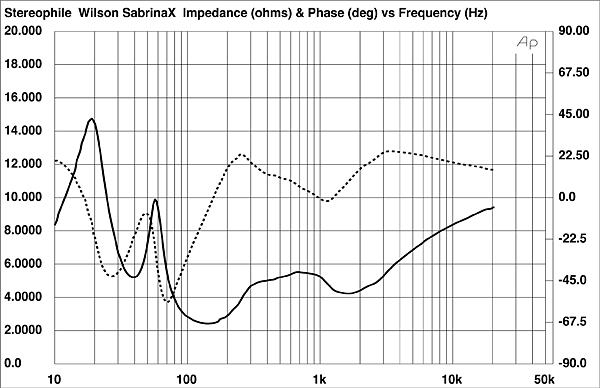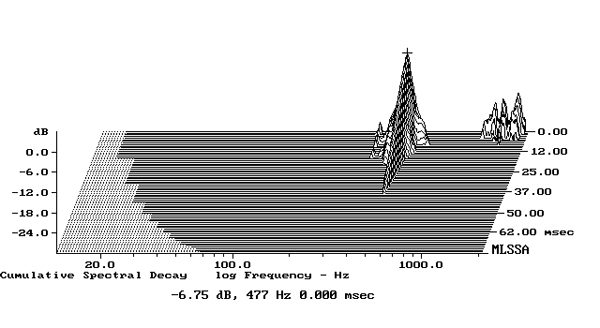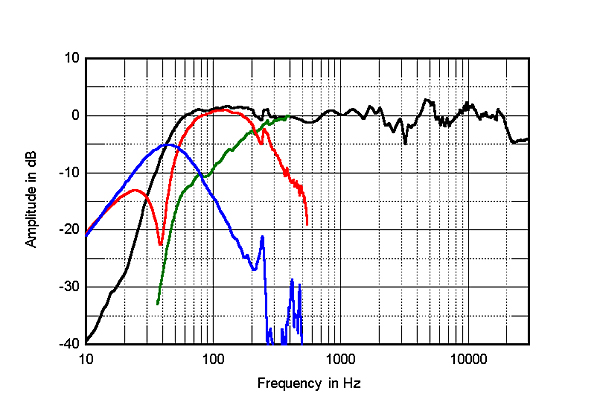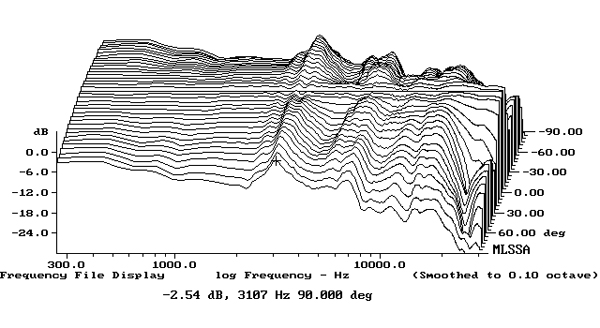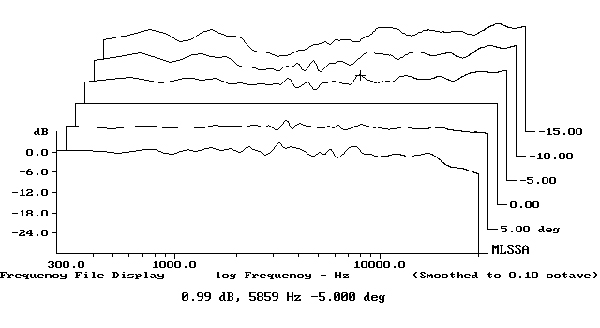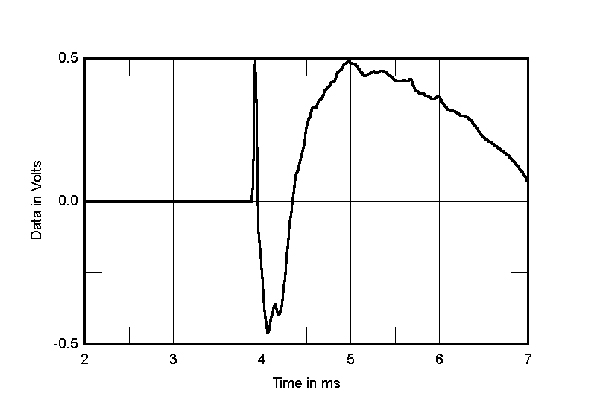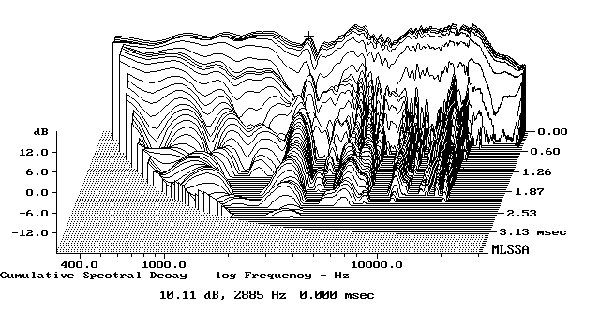| Columns Retired Columns & Blogs |
"When he finished, the SabrinaX's were less than ¼" from where they started, but they sounded noticeably better. Actually, the difference was beyond noticeable. They sounded a lot better. They didn't sound like completely new speakers, just much better versions of the ones I had set up."
"True to his word, Hugh got me deeper, tighter bass, and "you know, more bass."
_
From a 1/4 inch change. That is daunting.
Any smart people who can explain such a big bass difference from a 1/4 inch change in position in the listening room? Especially that degree of change!
I am awestruck.
I know JA can't reasonably travel to the reviewers room, but with the pair he used, I would love to see the frequency response curve differences over that 1/4 inch change!
